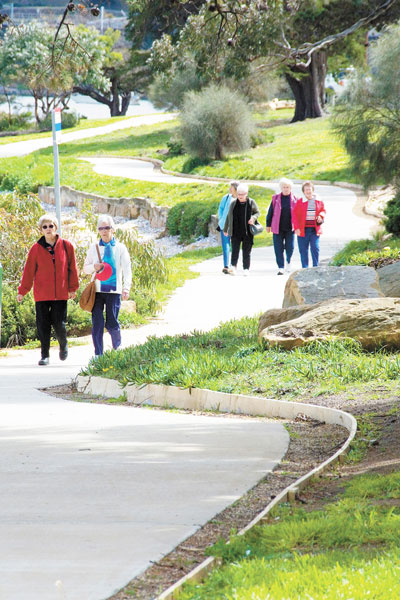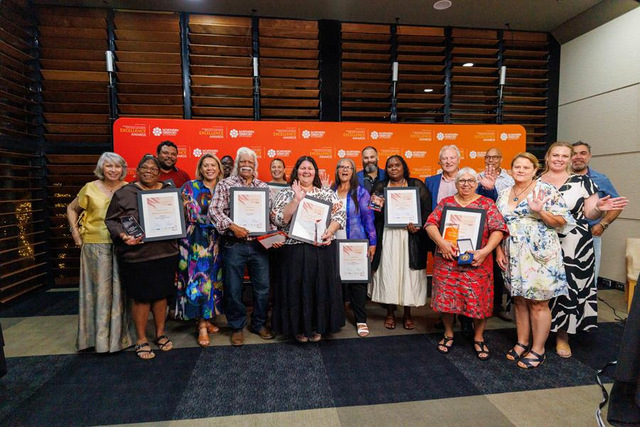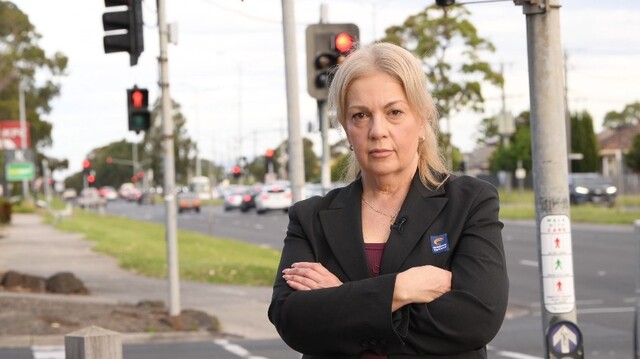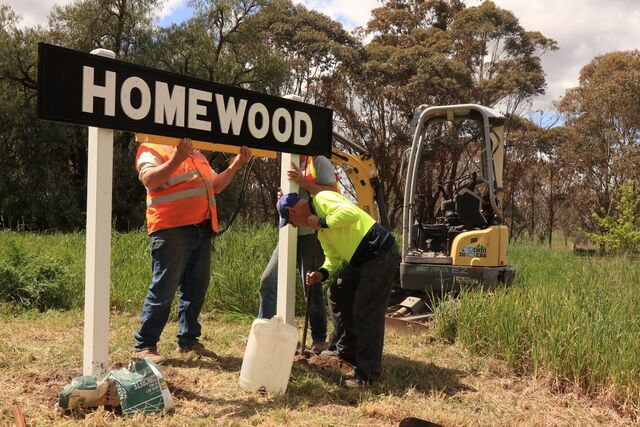The City of Clarence in Tasmania’s southeast has been recognised for best practice in heart health for its Tracks and Trails Action Plan. The plan was named the Overall Winner in the 2009 Tasmanian Heart Foundation Local Government Awards, in addition to taking out the ‘Planning for Active Living’ category.
As the overall State winner, Council was awarded $2,000 to further develop the initiative and will now compete in the national awards, to be announced later this month.
Heart Foundation Tasmania CEO Graeme Lynch said the awards recognise the outstanding achievements of councils in the continuing fight against cardiovascular disease – Australia’s leading cause of death.
“Tasmania has a cardiovascular disease rate 40 per cent higher than the national average,” he said. “Local Governments play a pivotal role in reducing the rate of heart disease by creating supportive environments that allow people to be physically active, reduce smoking and improve their nutrition.”
Clarence Mayor Alderman Jock Campbell said the Tracks and Trails Action Plan aims to provide easily accessible opportunities to enable residents and visitors to pursue outdoor physical activities on their doorstep.
“Access to rural and urban areas encourages residents to take part in regular exercise and is a vital component in any healthy, energetic community,” he said.
The plan provides a framework for developing an integrated network of tracks and trails through bushland and coastal areas, with links to urban locations around the municipality. It not only identifies future trail alignments to assist with land use planning, but also recognises gaps in the existing trail network and provides a prioritised framework for completing missing links.
The strategy recognises the valuable contribution a network of multiuser trails provides residents and visitors to Clarence through increased access to urban and natural areas, opportunity to improve health and wellbeing through physical activity, social benefits through greater recreational opportunities and improved linkages for nonmotorised transport.








